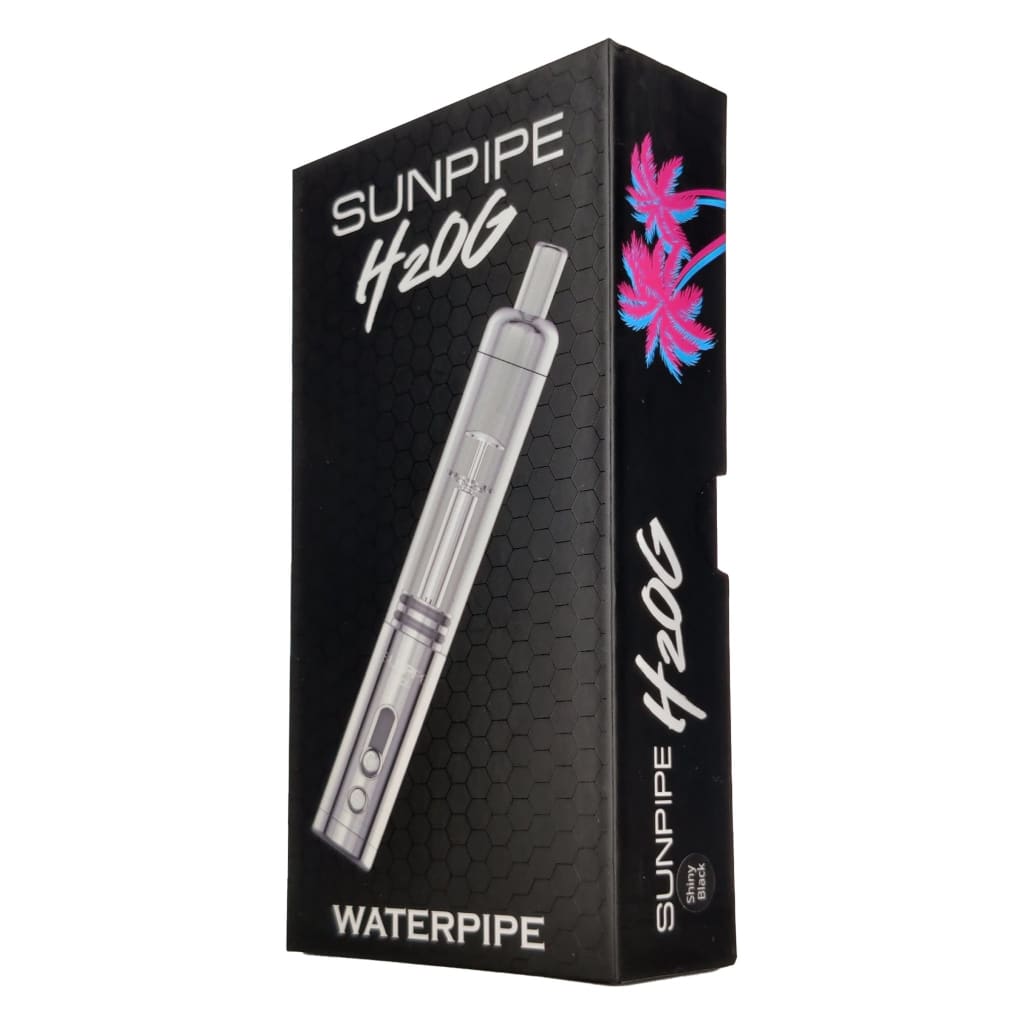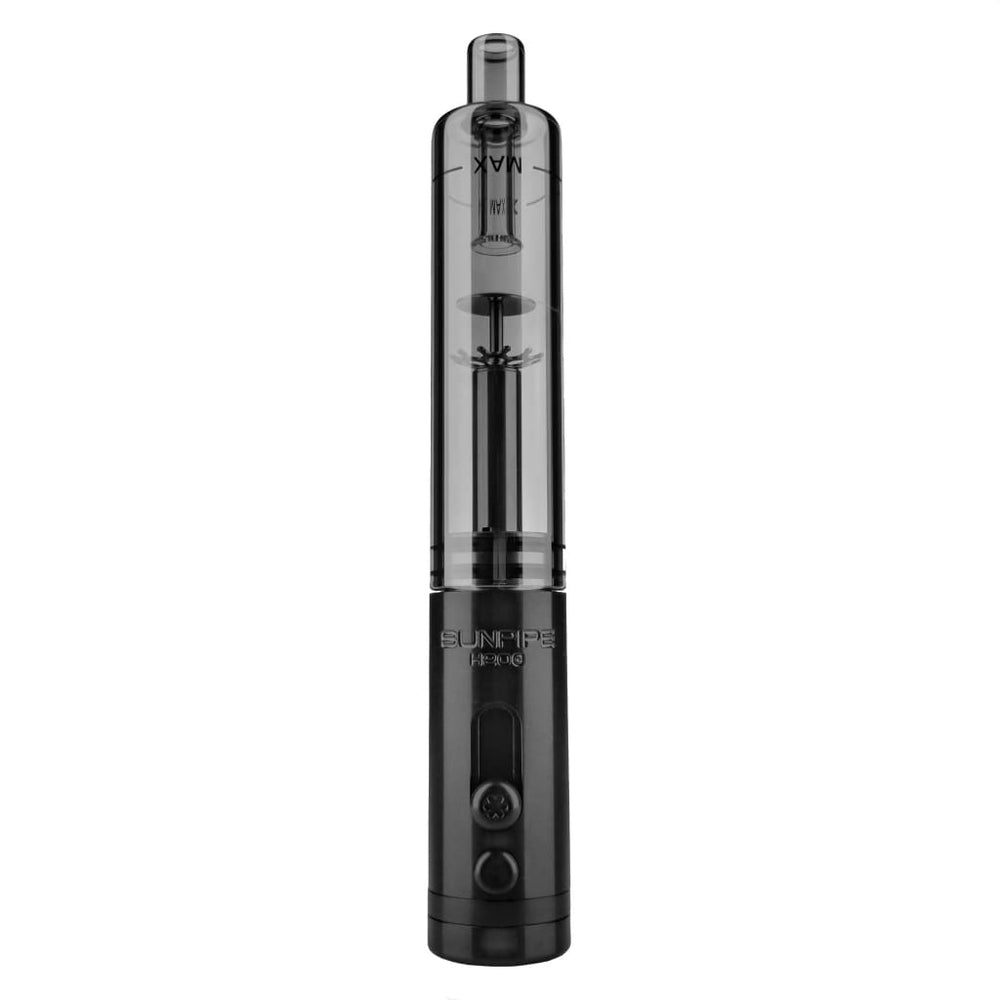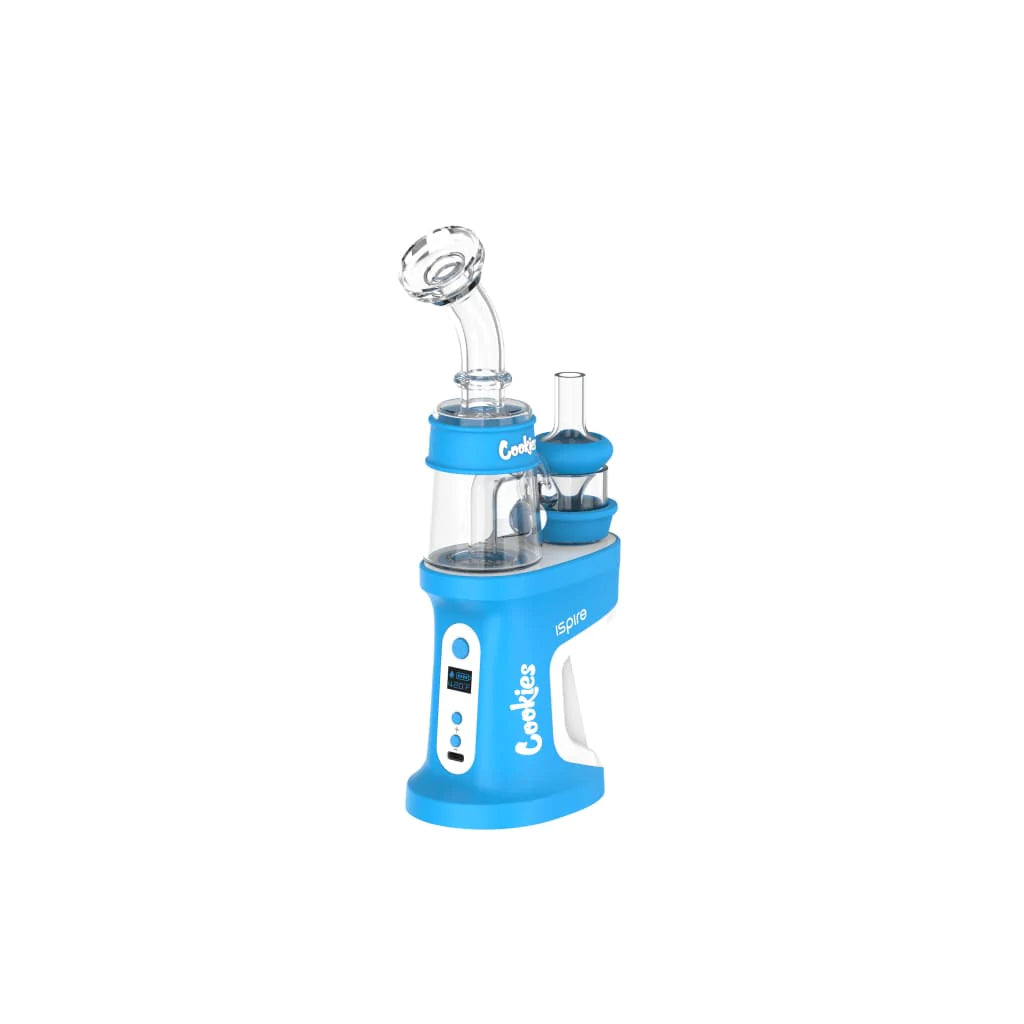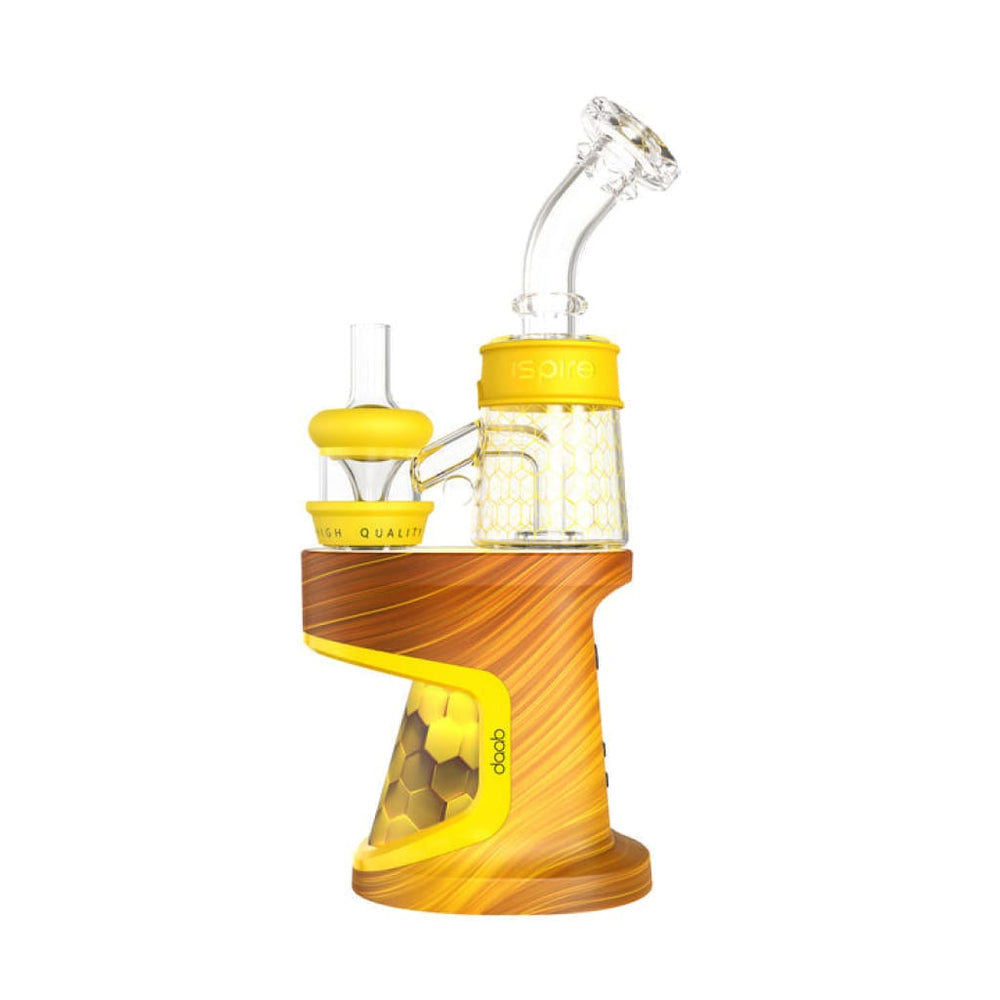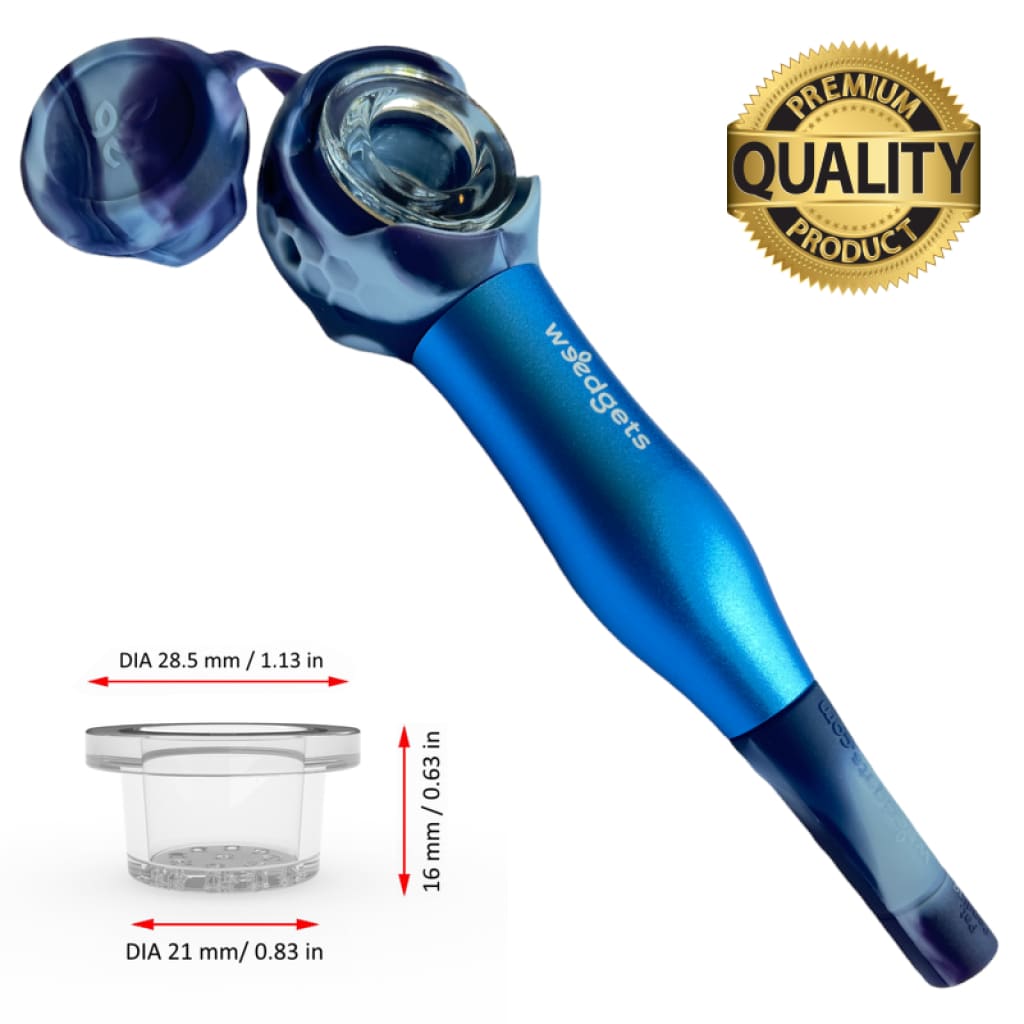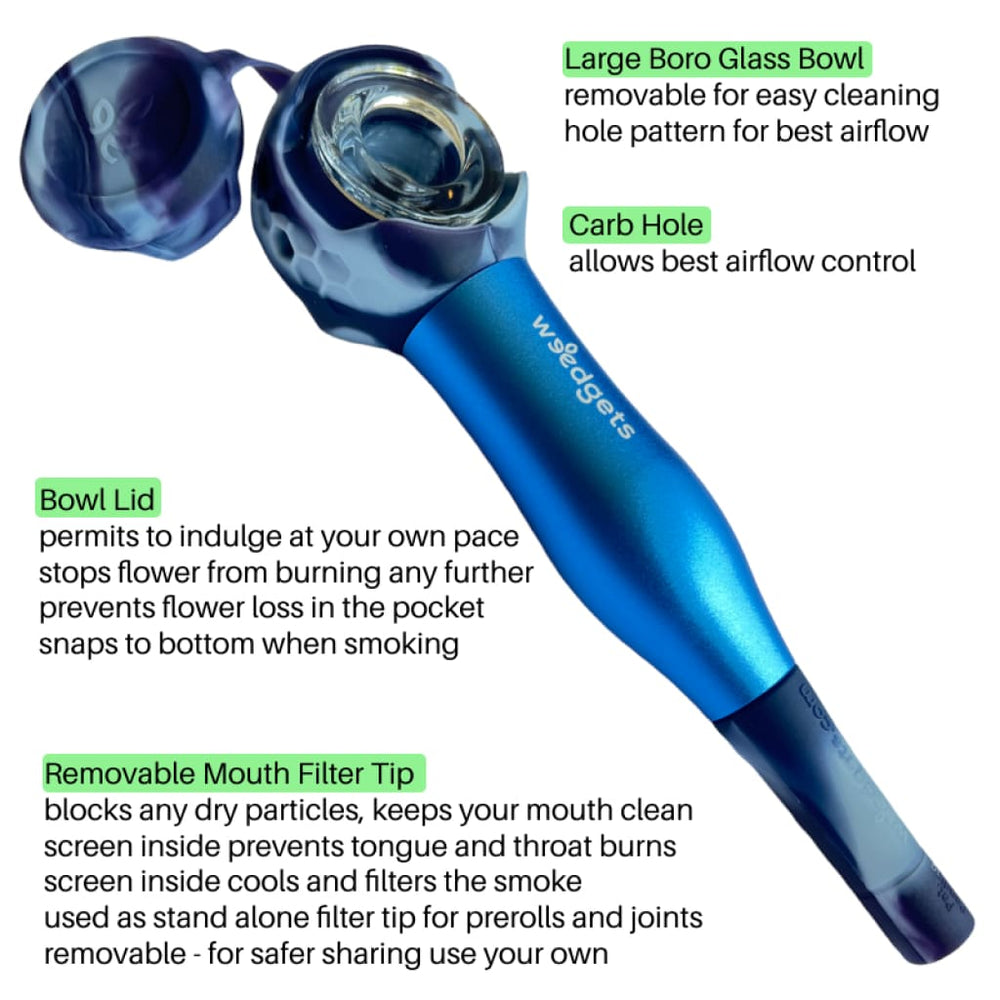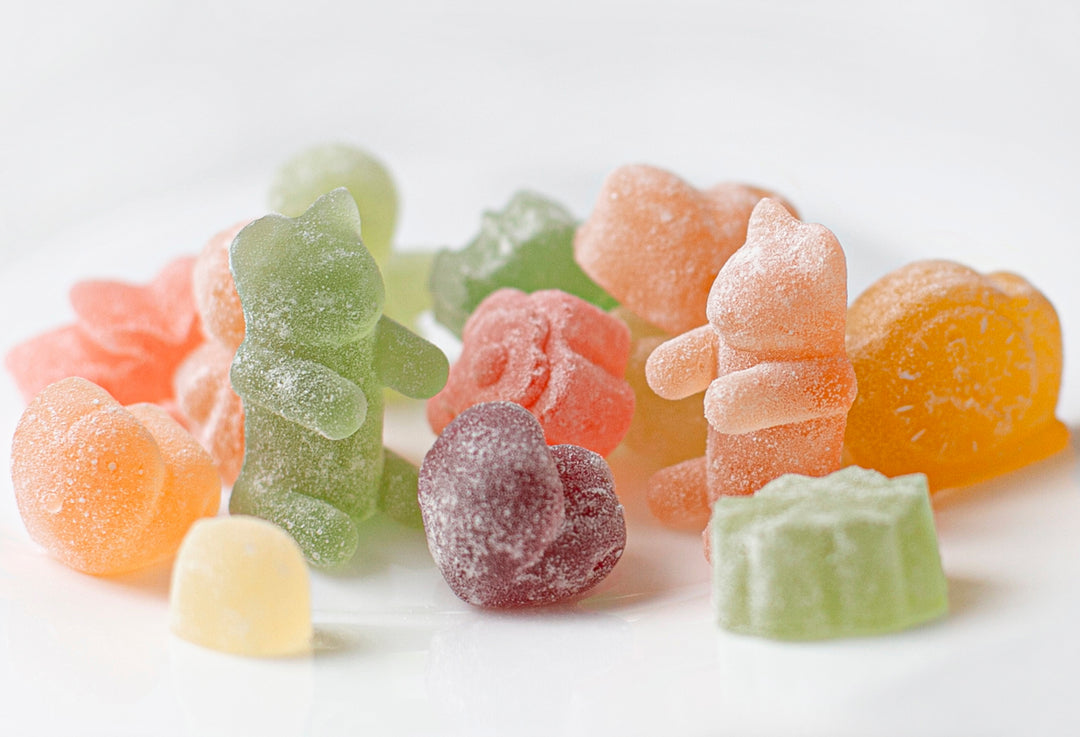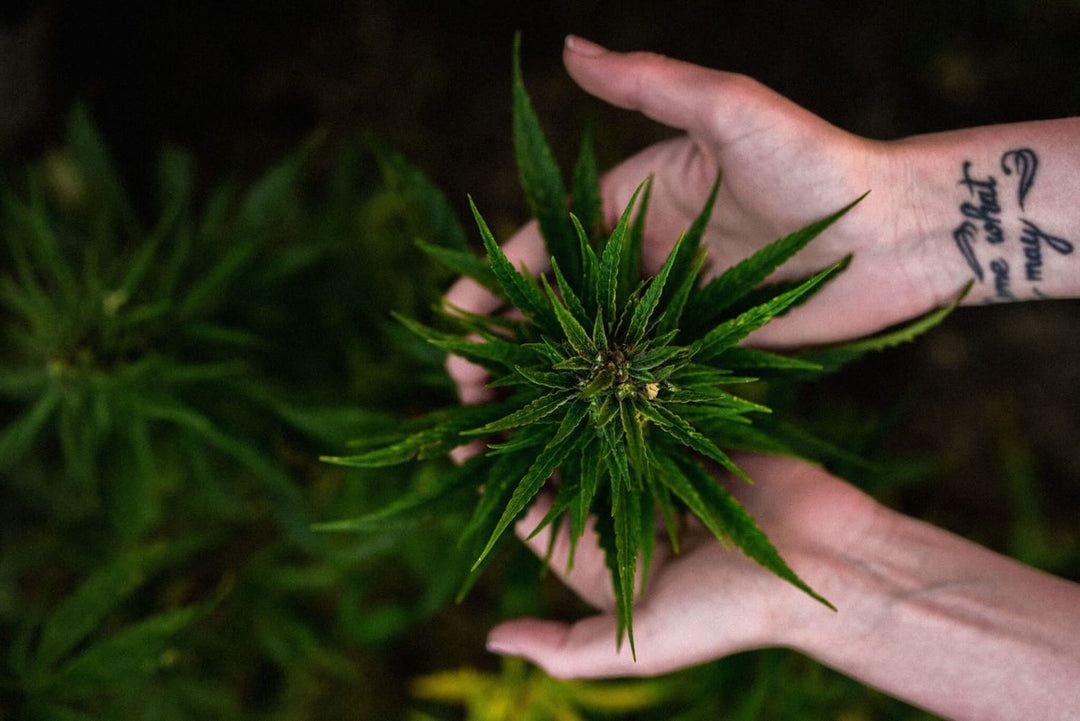How to Clean a Grinder: Steps For Proper Care
Using a grinder will help you get the most out of your herb. When it comes to the basics, grinding is one such element that is bound to improve your experience by leaps and bounds.
On the other hand, its overuse makes your experience far from enjoyable—thereby demanding you to do the sensible deed of cleaning it.

Cleaning Your Herb Grinder
Depending on the type of weed grinder you possess, the modus operandi surrounding its cleaning can vary. For the simpler variants which have one chamber with grinding teeth and a lid, all you need is some screw, unscrew, snap, and unsnap to make your cleaning more efficient.
For grinders with a little less simplicity, you need more tools and other equipment to get the job done. The more complex weed grinders tend to accumulate a lot of the proverbial rubble. After all, in order to provide the best experience, it also implies the prevalence of greater amounts of unwanted by-products.
What You Need to Clean Your Grinder
When it comes to the said notorious elements, resins and kief are the greatest of the said accumulated materials in terms of by-products. This not only makes grinding unnecessarily cumbersome, but decreases the usability of the grinder itself. All in all, leading to an experience that is far from mellow.
In order to ensure the most of your herb grinder, you will need the following.
Isopropyl Alcohol
If your grinder happens to be made of metal, isopropyl alcohol becomes a must. This is an essential element to ensure deep cleaning. While you don’t need to know the science and its jargon about isopropyl alcohol, know that it works like magic when it comes to the elimination of waste. Even at a molecular level.
Also, keep in mind that in the case of grinders that are not constructed out of metal, you should use soap and water instead of going ham on the isopropyl alcohol. Warm water should work wonders too.
Salt
You will also need some salt for miscellaneous reasons. The other elements are a must-have, as much as this.
Ziplock Bag
The Ziplock bag will serve an immense purpose once we tell you how to clean your grinder. Not only will it serve as an element of structure wherein it holds the grinder in place, but also ensure maximal cleaning when the isopropyl alcohol kicks in just fine.
Brush With Bristles
Possibly the tool without which you cannot actively do any cleaning, the brush with bristles is an element that should be easy to find too.

How to Clean Your Herb Grinder
Now that you are aware of what it takes, here is the most efficient way in which you can maximize cleaning output.
Disassemble the Grinder
What you cannot see, you cannot clean. Make sure to disassemble the grinder before you proceed to the subsequent steps. If your grinder happens to be made of small and complex sub-parts, be all the more careful and disassemble meticulously.
Alcohol Bath
This is where the Ziplock comes into play. Make sure to fill the bag with isopropyl alcohol and place your grinder there. Keep it for about 20-30 minutes, while occasionally agitating the mixture to ensure proper separation of resin and other residues from the grinder.
Scrub Time
After you have taken the grinder out of the Ziplock, use a stiff-bristled brush to scrub off the obstinate elements and residues. This would require you to be a little more meticulous if your grinder tends to pick up a lot of micro-residues.
(Optional) Freezing
In more advanced techniques of cleaning, you can choose to put your grinder in the freezer. This ensures that the residue elements are stiffer and, by association (pun intended), easier to remove.
(Optional) Toothpicks
You can also use toothpicks to ensure easier and greater extraction of smaller elements that might have been stuck on the grinder. This is an additional step for the really stubborn elements that won’t otherwise come out.
Rinse and Dry
After you have properly cleaned your grinder, you will need one last rinsing and drying session. Ensure that all the chambers are properly rinsed with hot water, after which it is kept in a dry space, preferably with soaking elements for easier drying.




